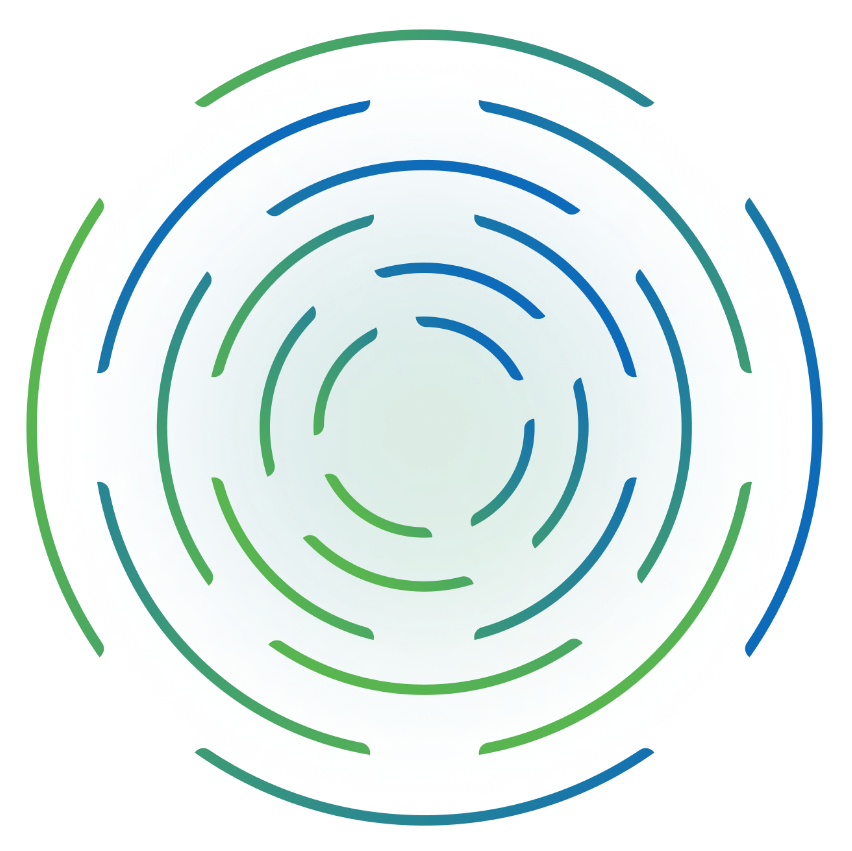Your IT environment has never been more critical to operational efficiency and competitiveness. At the same time, it’s never been more difficult to manage availability and troubleshoot issues. Advanced technologies like multi-clouds, containers, microservices, and distributed architecture have created multi-dimensional data flows and excessive noise for IT teams charged with managing system health. As multiple layers of technology are increasingly interdependent, your teams face huge challenges in identifying and resolving service incidents that disrupt productivity.
Artificial intelligence (AI) for IT operations, or AIOps, has emerged as a potential solution for managing complex IT infrastructure. AIOps solutions combine big data, advanced analytics, machine learning (ML), and AI to monitor systems, understand dependencies, and identify problems faster than any human mind could ever hope to. With automated AIOps technology, IT teams can move at the speed your business requires to drive faster root-cause analysis (RCA) and accelerate mean time to repair (MTTR).
The key to successfully implementing AIOps technology is adopting a solution that provides your IT teams with a holistic view of your digital environments, eliminating gaps in visibility and automating real-time troubleshooting and remediation. That’s where the ScienceLogic SL1 platform excels. Providing a view across multi-cloud and distributed architectures and contextualizing data through relationship mapping, ScienceLogic SL1 unlocks the power of AIOps to seamlessly expand your IT operational capabilities as you grow and transform your business.
Two approaches to AIOps technology
When adopting AIOps, you’ll need to choose between solutions that offer two different approaches to managing data.
Data agnostic
Early solutions relied on a data-agnostic approach to AIOps. This methodology applied analytics to data that was assumed to be disorganized—thrown together, incomplete, disjointed, or not grouped in any particular fashion. These solutions assume that an organization’s data scientists would help to make sense of the data. However, since most enterprises are unable to commit whole teams of data scientists to interpreting vast amounts of ITOps data, these data-agnostic solutions only achieved mixed results.
Data aware
A data-aware approach provides the tools to enrich data with context through topology to build a common data model—without the need for teams of data scientists to clean and structure data before running analytics. This methodology allows IT teams to successfully build automated workflows and run analyses for incident management, configuration management, change management, and self-healing. A data-aware approach enables more intelligent RCA and faster MTTR.
ScienceLogic SL1 is based squarely in a data-aware approach. The platform takes data from any infrastructure and uses a variety of collection methods to feed the data into a data lake in real time. The platform then applies context that makes data more meaningful and actionable, connecting the dots between operational patterns and revealing how each layer of data interrelates and interconnects.
Implementing AIOps with ScienceLogic
Trusted by thousands of organizations around the globe, ScienceLogic is a leader in IT Operations Management (ITOM). The ScienceLogic AI Platform enables forward-looking leaders to enrich IT data with context that fuels automation and delivers better business outcomes.
The ScienceLogic AI Platform enables your IT teams to:
- See all your data in one place. With ScienceLogic, you can monitor a broad spectrum of legacy and modern technologies. You can also ingest a wide range of data points—including availability, performance, events, and configuration—to create a unified operational data lake using agent-based and agentless techniques.<
- Contextualize data for actionable insights. Using AI and ML, ScienceLogic lets you understand relationships in infrastructure, applications, and business services to gain service visibility, assess service impact, and accelerate resolution.
- Connect your IT system to deliver exceptional results. By integrating and sharing data across technologies in your IT ecosystem in real time, ScienceLogic enables you to automate ticketing and eliminate manual tasks in ITSM workflows. You can also automate troubleshooting, speed-up incident resolution, and build custom automated IT workflows.
SL1, part of the ScienceLogic AI Platform, natively supports separate client organizations. A microservices-based, containerized architecture enables easy scaling to match growing business needs. SL1 can be deployed on-premises, in customer-managed public clouds, or in a ScienceLogic-managed SaaS solution. To protect customer data, ScienceLogic maintains a secure posture that is regularly validated against industry-standard security technologies and procedures.
Five ways to use AIOps
For thousands of clients, ScienceLogic’s SL1 solution helps solve everyday problems by giving DevOps, SRE, and ITOps teams the tools they need to detect incidents early, ensure uptime of critical services, and deliver optimal digital customer experiences.
Identify business service impact
ScienceLogic’s SL1 provides dependency and topology maps that span multiple applications, infrastructure layers, data centers, and clouds, allowing you to visualize service impact with real-time context. By delivering a clear view into the relationships between business services, apps, and IT infrastructure, you gain the insights required to optimize workloads, mitigate risk, and automate and reduce MTTR.
Diagnose root-cause issues faster
Legacy application performance management (APM) tools typically address only 5-10 percent of apps in service, creating blind spots that prevent fast resolution of issues. By helping your teams understand application performance within the context of your complex IT environment, SL1 delivers the insight required to prevent blind spots, algorithmically correlate the root cause of an issue, and recommend optimizations and remediations.
Automate resolution
While your configuration management database (CMDB) is responsible for maintaining an inventory of all configuration items, it’s only useful when it’s accurate and filled with timely information. AIOps lets you automate ticketing while keeping your CMDB up to date.
Automate IT workflows
The ScienceLogic AI Platform can automatically harvest and contextualize data to drive automated processes and orchestrate systems with intelligent tool chaining. This kind of automation can also foster collaboration across ITOps, DevOps, and SecOps teams.
Tame cloud sprawl
Cloud sprawl occurs when organizations fail to effectively control, monitor, and manage various cloud instances. As a result, IT environments may comprise numerous forgotten instances that nevertheless continue to eat up resources. SL1 allows IT teams to monitor and manage assets effectively to reduce cost and mitigate security exposure.
Why ScienceLogic?
As a leader in ITOM and AIOps, ScienceLogic delivers actionable insights that empower modern IT operations to predict and resolve problems faster in a digital, ephemeral world. Our ScienceLogic AI Platform enables digital transformation by simplifying management of complex, distributed IT services. Using patented discovery techniques, we deliver visibility of everything in your IT environment, allowing your teams to visualize all technologies and vendors running anywhere in your data centers or clouds. With AIOps from ScienceLogic, you can manage your IT environment at speed, at scale, and in real time.
AIOps FAQs
What is AIOps?
AIOps stands for artificial intelligence for IT operations (ITOps). AIOps uses big data, artificial intelligence (AI) and machine learning (ML) technologies to improve and automate the processes of managing and monitoring IT systems and infrastructure. AIOps uses data from a wide range of sources—including logs, metrics, and events—to derive insights, uncover anomalies, and resolve incidents and problems faster and more efficiently.
What are the challenges of AIOps?
Organizations are frequently challenged by the complexity of the data their AIOps technology must process and analyze. The average IT environment includes a broad range of technologies that each generate data in different formats, and data sets are often inconsistent or incomplete. Successfully deploying AIOps may require IT teams to add specific skills. Additionally, when AIOps systems are not finely tuned, they may generate an excessive number of false positives or false negatives that can frustrate an IT team’s efforts.
What are the benefits of AIOps?
Organizations that successfully adopt AIOps technology can count on faster incident resolution, reduced downtime, improved service reliability, greater scalability, optimal resource utilization, and continuous improvement in AI operations.








